Key Takeaways
- Master the fundamentals of project design to establish a strong foundation for successful project execution.
- Set clear, SMART goals, identify resources, and develop a robust strategy to enhance project effectiveness and collaboration.
- Utilize visual aids and maintain open communication with stakeholders to drive innovative solutions and foster teamwork in project design.
Understanding the Basics of Project Design
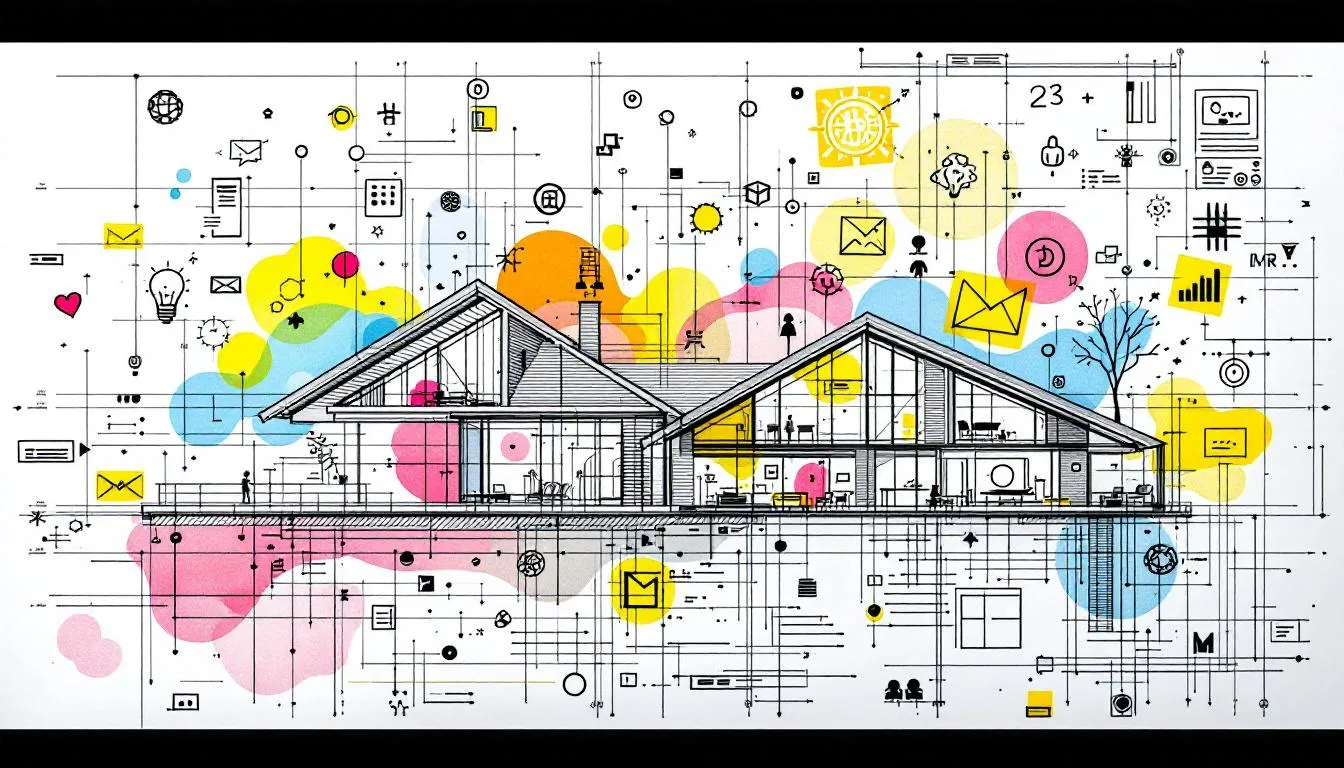
Project design is a crucial component in executing successful projects. It serves as the preliminary stage where essential elements such as ideas, processes, resources, and deliverables are outlined. Think of it as the skeleton of your project, providing structure and direction.
The project design process involves several steps, including defining goals and objectives, gathering necessary information and resources, and coordinating with team members. These steps not only help in staying organized but also ensure that everyone involved is on the same page. Unlike project planning, which dives into the nitty-gritty details, project design offers a broad overview, setting the stage for detailed planning and execution.
Thorough research and defining key project features are essential before moving into development. This foundational work is critical for managing projects effectively and avoiding potential pitfalls. Understanding the basics of project design lays a solid foundation that supports the entire lifecycle of your project.
Key Elements for Effective Project Design
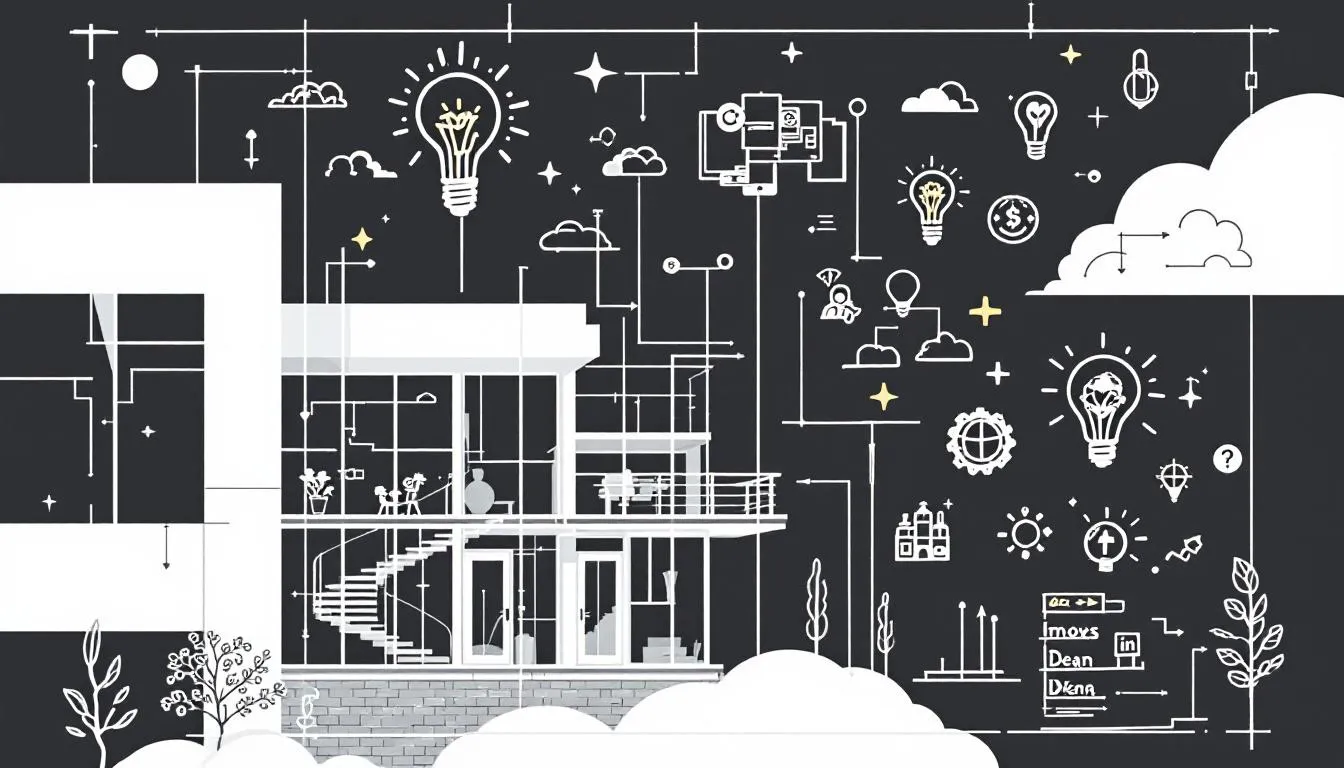
Effective project layout design ensures your project stands out. These project ideas will serve as a reference to guide you in setting clear goals, identifying resources and constraints, and developing a robust strategy. Mastering these components will significantly influence the overall success of your completed project, as they truly matter in practice.
Setting Clear Goals and Objectives
The first step in project design is to define project goals. Setting clear, SMART objectives ensures that your project has a solid foundation. SMART objectives are:
- Specific
- Measurable
- Achievable
- Realistic
- Time-bound
Collaborating effectively at this stage is also vital. When team members work collectively toward shared objectives, engagement and motivation often increase. Using tools like timeline software can connect goals to project support deliverables, enhancing tracking of tasks and ensuring everyone is aligned.
Identifying Resources and Constraints
Identifying key resources involves examining factors like resource management tools, funds, and timeframes necessary for project completion. It’s crucial to determine these elements early on to avoid potential disruptions. Before the project starts, project teams can address constraints. They should engage with relevant stakeholders to make sure all viewpoints are taken into account.
Risks can disrupt project budgets, leading to cost overruns and delays. Effective budgeting is essential for managing costs and ensuring project profitability. Addressing constraints early helps in mitigating these risks and maintaining a smooth project flow.
Developing a Robust Strategy
A visual roadmap communicates the project’s purpose to team members and stakeholders effectively. Collaborative efforts can lead to faster task completion, as team members share skills and knowledge. Working in a team helps to explain diverse perspectives, improving decision-making and problem-solving processes.
Collaboration can drive creativity, as team members contribute unique experiences and skills. A robust strategy, enhanced by visual aids and collaborative input, can significantly improve the overall success of your project.
Budgeting and Risk Management in Project Design
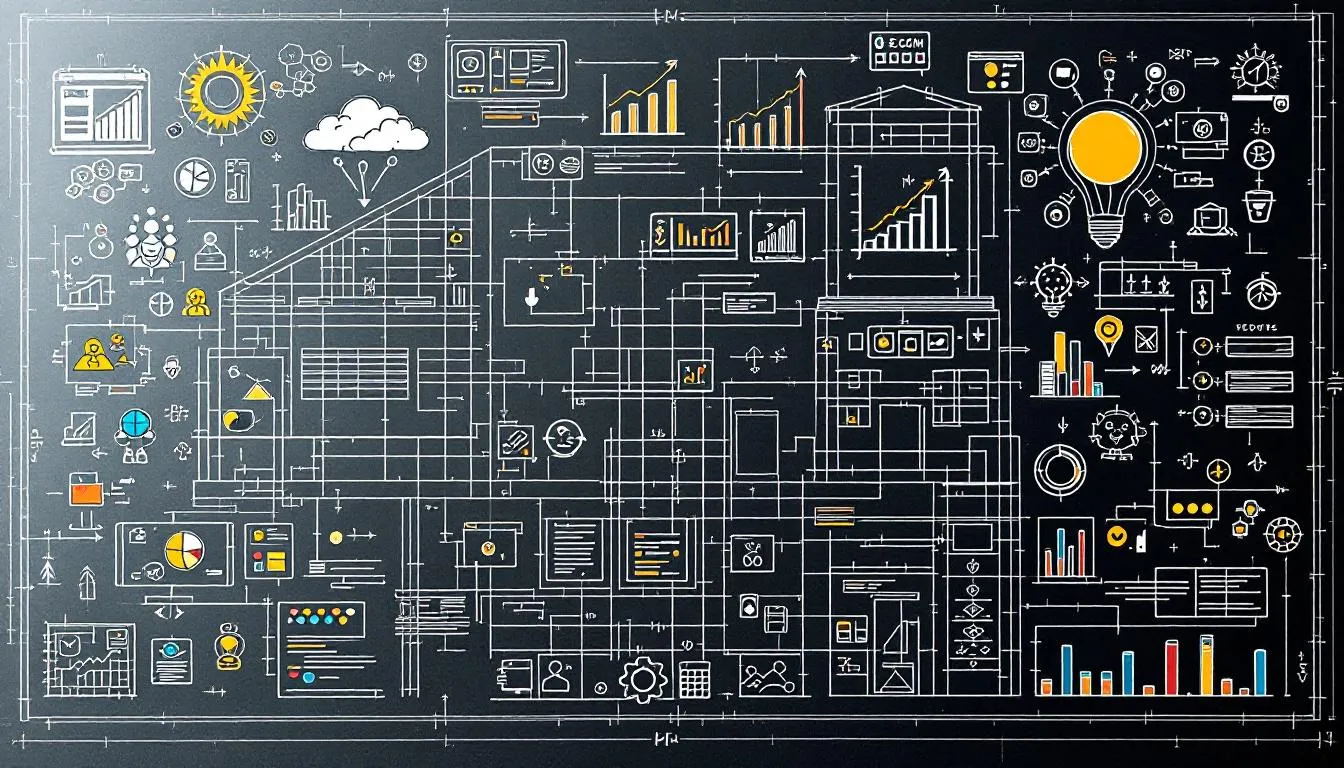
Budgeting and risk management are critical components of project design. A detailed project design increases the likelihood of successfully completing a project by providing a clear framework. Effective risk management includes identifying, assessing, and mitigating risks throughout the project lifecycle.
This section will delve into estimating your project budget and creating a contingency plan to manage risks in the long run.
Estimating Your Project Budget
Estimating a project budget involves:
- Incorporating profitability, available resources, and outsourced work.
- Beginning with listing all tasks and the resources needed for those tasks.
- Utilizing historical data from past projects to enhance the accuracy of budget estimates.
Budget estimates might require approval from leadership. They may also need to be revised accordingly. Utilizing resource management tools is vital for evaluating project risks and constraints. Automation software can improve resource allocation efficiency and reduce project errors.
Creating a Contingency Plan
A contingency plan should outline specific actions to manage risks and ensure project continuity. Developing a contingency plan enhances a team’s ability to respond effectively to unexpected project challenges. A well-structured contingency plan can significantly mitigate the impact of unforeseen events during project execution.
Regularly updating contingency plans ensures that the project team is practicing preparedness for potential risks. This proactive approach keeps the project on track, even when unexpected challenges arise.
Documenting Milestones and Progress
Documenting milestones helps in tracking the project’s status and ensuring deadlines are met. Milestones serve as key indicators of progress, reflecting significant moments in a project’s lifecycle. This enhances visibility and accountability among team members and stakeholders.
Using milestones can improve team morale by providing a sense of accomplishment as each is reached. Tools like Gantt charts and PERT charts are suggested for tracking milestones effectively. Initial ideation meetings are crucial for documenting the project’s general timeline and deliverables.
Expert Tips for Enhancing Your Project Design Skills
Engaging end-users from the outset fosters project relevance and enhances design accuracy. Utilizing structured goal-setting methods like OKRs ensures team alignment and maintains focus on project objectives. Designing roadmaps around measurable results supports the delivery of significant business outcomes.
Building scalability into your project redesign allows for future growth and adaptability. This expert advice will help you enhance your project design skills and achieve better project outcomes.
Using Visual Aids to Communicate Your Project Design
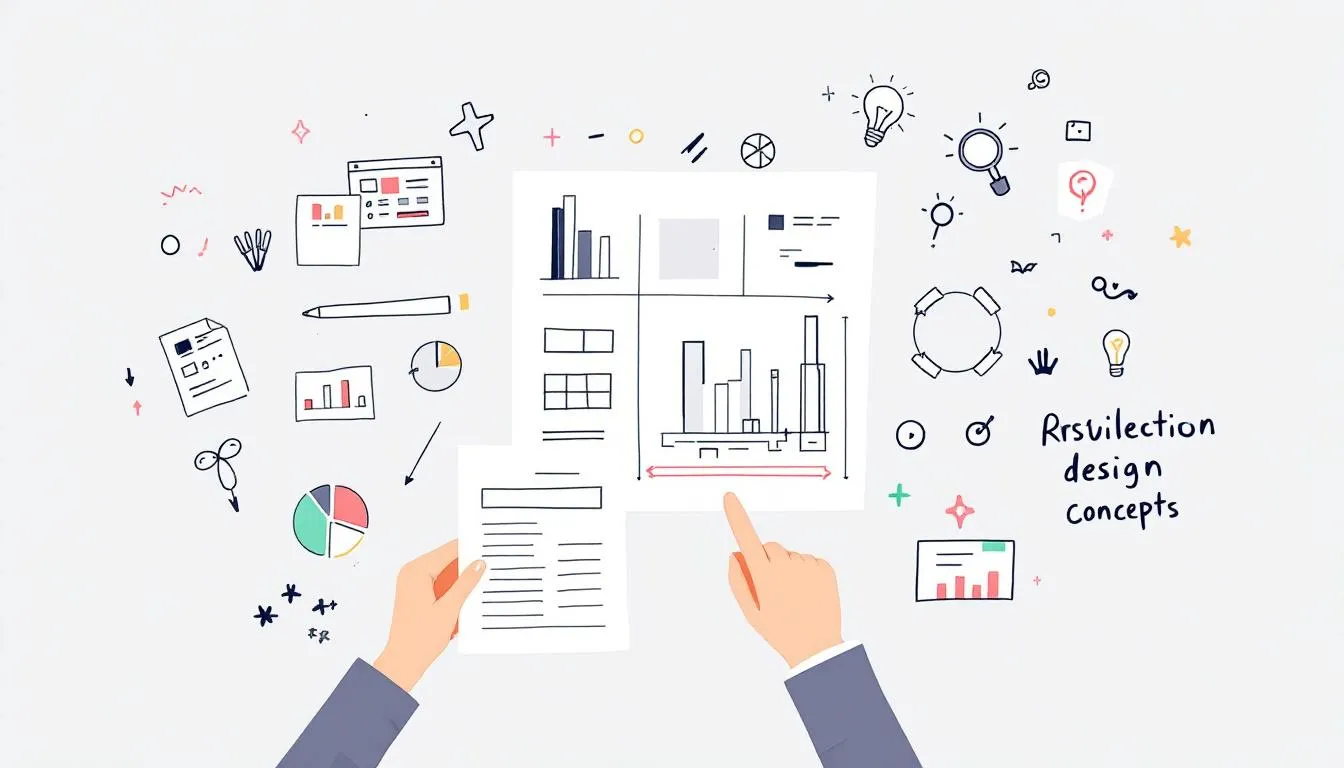
Common visual aids used in project design include Gantt charts, Kanban boards, and flowcharts, which help outline progress and procedures. Integrating visuals like images and videos can significantly improve communication effectiveness, saving time and enhancing understanding.
Using charts and graphs provides essential context when presenting data, making key points clearer for teams. Visuals can bridge communication gaps in diverse workplaces, accommodating different learning styles and backgrounds. The effective use of visual aids not only enhances comprehension but also fosters better teamwork and stakeholder engagement.
Portfolio Development Through Project Design
Effectively designed projects are essential for enhancing your graphic design portfolio. After creating an original project, it’s important to add it to your graphic design portfolio website.
Creative techniques such as potato prints can offer unique design solutions, as seen in Wake Coulter’s branding for sterGRO. Using tools like Format, a website builder for creative professionals, can help in showcasing your portfolio effectively and allow you to rest assured of its quality. A well-designed logo can further enhance this branding, even if it requires a bit of creativity.
Real-World Examples of Successful Project Designs
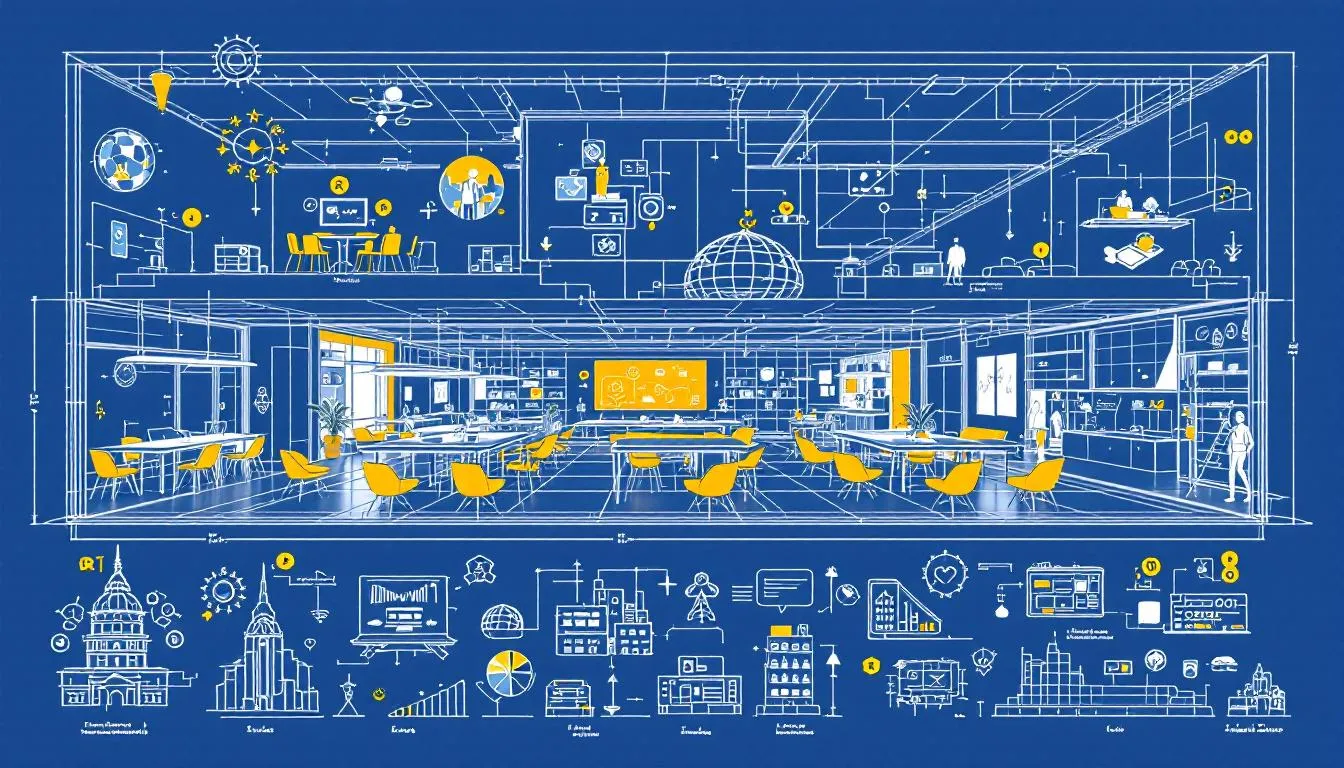
Chelsea Majuri’s portfolio is a remarkable showcase of design and production skills; her craft book provides an answer to the challenges of working within limited parameters. This can ignite creativity, leading to more innovative designs. Good design is evident in Josephine Ohl’s cool art design for the architecture magazine AA cover, which was inspired by classic films, blending nostalgia with modern aesthetics, showcasing the work of an artist. For example, the integration of various style highlights the versatility of contemporary illustration design and the experiment in creative approaches within the industry. Designers can draw inspiration from these examples and create their job, enriching their life.
Aly Dodds’ post card project aimed to advocate for women’s rights and encourage individuals to find their voices in critical social matters. Hugo Jourdan’s posters uniquely utilized the 26 letters of the alphabet, demonstrating a playful yet functional design approach.
The Role of Collaboration in Project Design
A key strategy for improving collaboration in project design is to communicate with stakeholders early and often. Collaboration enhances project design by fostering diverse perspectives and innovative solutions. Early communication with stakeholders can significantly improve project outcomes by aligning goals and expectations.
The overall impact of collaboration in project design leads to higher success rates and satisfaction among team members and stakeholders. This section will highlight the importance of teamwork and continuous communication in achieving project success.
Future Trends in Project Design
Emerging technologies are revolutionizing project design in several ways:
- AI and machine learning enable data-driven decision-making.
- Virtual and augmented reality allow clients to visualize projects before implementation.
- Collaboration tools such as cloud-based platforms foster real-time communication among project teams, leading to increased efficiency.
Sustainability in project design involves considering environmental impact and making socially responsible choices. Ethical considerations are becoming increasingly important as stakeholders demand transparency and accountability in project outcomes.
Future project design skills will include proficiency in digital tools and an understanding of data analytics.
Frequently Asked Questions
What is the first step in project design?
The first step in project design is to clearly define your goals and objectives using the SMART criteria—specific, measurable, achievable, realistic, and time-bound. This foundation sets you up for success in your project!
How can I estimate my project budget accurately?
To estimate your project budget accurately, start by listing all tasks and required resources, while leveraging historical data from past projects for enhanced precision. This approach will empower you to create a more reliable budget for your success!
What are some common visual aids used in project design?
Using visual aids like Gantt charts, Kanban boards, flowcharts, and videos can significantly enhance your project design by clarifying progress and processes. Embrace these tools to improve communication and keep your team on track!
Why is collaboration important in project design?
Collaboration is crucial in project design as it brings together diverse perspectives that lead to innovative solutions. By engaging stakeholders early and frequently, you can greatly enhance the project’s success.
What are some future trends in project design?
Embracing future trends like AI and machine learning for decision-making, along with incorporating virtual and augmented reality, is essential for innovative project design. Focusing on sustainability and ethics will not only enhance your projects but also make a significant impact on the world.
#ProjectDesign #ProjectPlanning #EffectiveDesign #SMARTGoals #ProjectStrategy #ResourceManagement #RiskManagement #BudgetPlanning #ContingencyPlan #ProjectMilestones #VisualAids #Collaboration #StakeholderEngagement #DesignSkills #PortfolioDevelopment #InnovationInDesign #AIProjectDesign #FutureOfProjects #SustainableDesign #ProjectSuccess
